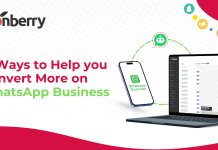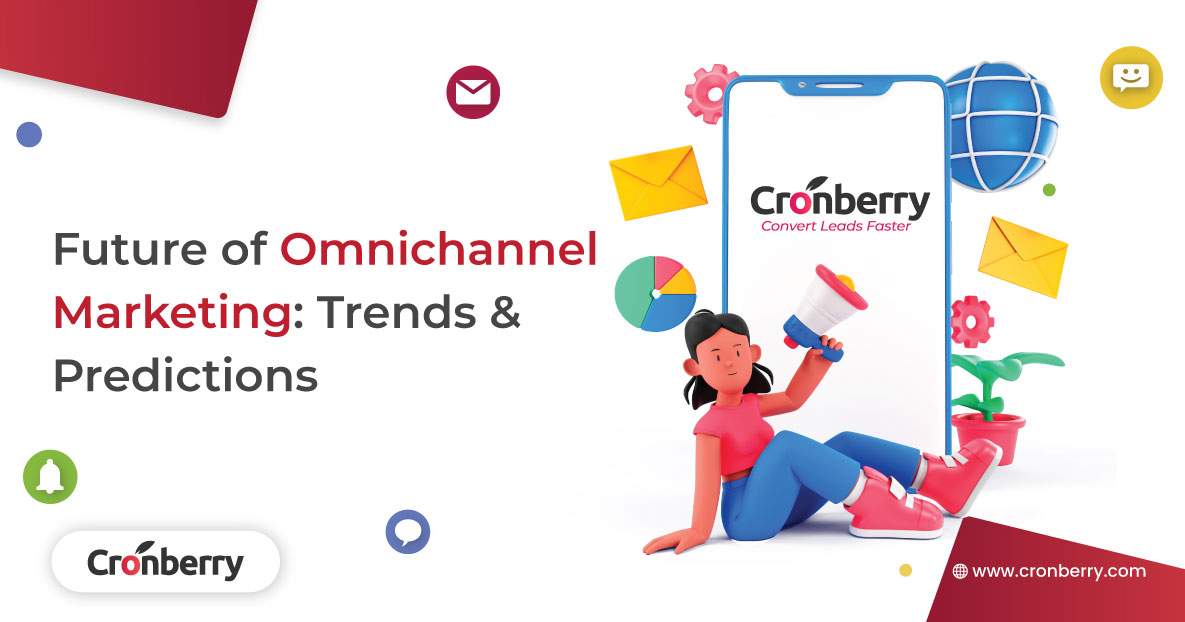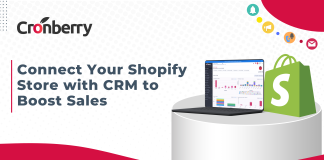Your mobile app is your brand in your customer’s pocket — fast, personal, and always accessible. But if you’re only using it for transactions or updates, you’re missing out on massive growth potential. The real game-changer? Integrating your mobile app with a Customer Relationship Management (CRM) system.
By connecting your app to a CRM, you unlock the ability to understand your users better, automate personalized communication, and drive retention — without lifting a finger.
In this blog, we’ll walk you through:
- Why integrating your mobile app with a CRM is a must for growth
- Real-world benefits you can’t afford to ignore
- How to connect your app with a CRM like Cronberry (step-by-step)
Why CRM + Mobile App = The Perfect Growth Formula
Let’s face it: most users install an app, use it once or twice, and never come back. What if your app could send them a personalized message exactly when they’re likely to churn — or re-engage them with offers they actually care about?
That’s exactly what CRM integration does.
Benefits of Connecting Your Mobile App to a CRM
- Real-Time Customer Insights
Your CRM becomes the brain of your mobile strategy. Every tap, purchase, or in-app action is captured and analyzed to help you understand your user’s journey — not guess it. - Automated Personalization at Scale
Welcome messages. Re-engagement reminders. Cart recovery. Birthday offers. With CRM automation, you don’t need to send these manually — they go out automatically, triggered by in-app behavior. - Improve User Retention and Loyalty
Use CRM data to create tailored experiences. Show users relevant content, send contextual offers, and guide them through their journey — all in-app or across channels like email, WhatsApp, or push notifications. - Multi-Channel Communication
CRM platforms allow you to connect beyond your app — via SMS, email, or social — all in one place. That means higher engagement and better conversion rates. - Smarter Campaign Optimization
See what works and what doesn’t. With CRM dashboards, you get insights into campaign performance, customer segments, and retention metrics to make data-backed decisions.
How to Connect Your Mobile App with Cronberry CRM
Setting up integration might sound complex — but platforms like Cronberry make it smooth and no-code friendly. Here’s how you do it:
Step 1: Sign Up for Cronberry
Head to cronberry.com and register. Choose a plan or start your free trial.
Step 2: Get API Keys
Inside your Cronberry dashboard, generate your API Key and Project ID under Project Settings. You’ll use these to sync your mobile app.
Step 3: Add Cronberry SDK or API
Depending on whether your app is built with Android, iOS, Flutter, or React Native, Cronberry provides simple SDKs or APIs to plug into your codebase.
Step 4: Start Tracking In-App Events
Configure custom events — like sign-ups, product views, or purchases — and start syncing real-time data into your CRM dashboard.
Step 5: Launch Smart Campaigns
Build automations for user onboarding, cart recovery, inactive users, and loyalty programs. Cronberry offers ready-to-use templates so you can go live fast.
Who Should Connect Their App with a CRM?
- App-based businesses looking to boost user engagement
- Marketers wanting to automate campaigns without coding
- Teams that want data-backed personalization across channels
- Product owners aiming to increase retention and lifetime value
Final Thoughts — Power Your App with CRM Superpowers
If your mobile app isn’t talking to your CRM, you’re leaving money — and user loyalty — on the table. Integration bridges the gap between user data and meaningful engagement, allowing you to automate smarter, serve better, and grow faster.
Don’t let your app become just another icon on someone’s phone.











